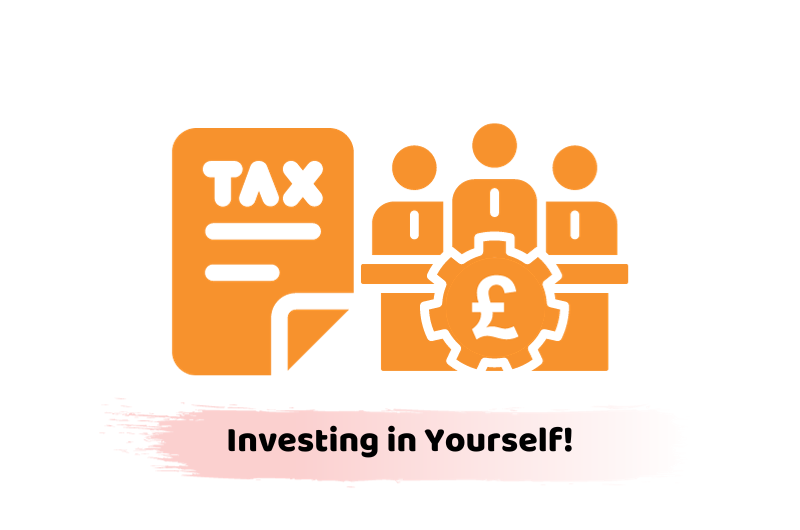As a business expands or undertakes new projects, it may need injections of capital to fund its trading activities. Although the enterprise investment scheme (EIS) and seed enterprise investment scheme (SEIS) come with attractive tax advantages, paid directors are not eligible for the former, and both schemes are blocked for those with a shareholding of more than 30%.
So, what are the tax implications for those seeking to invest in a company in which they own a majority shareholding? For this article, let us assume the company is a ‘close’ company – owned by five or fewer participators.
Loans to the Company
Perhaps the most straightforward investment is when a director-shareholder lends money to their company. But where did that cash come from? If they borrowed it personally to loan on to the company, tax relief can be claimed for the interest paid, perhaps to a bank or building society.
Of course, the company then owes the shareholder the money and can pay a reasonable amount of interest on the amount outstanding. Although this may be subject to tax in the shareholder’s hands, such payments from the company have the
advantage (unlike director’s remuneration) of not being subject to employer’s or employee’s Class 1 National Insurance contributions.
If the shareholder did borrow money, to qualify for tax relief on the interest paid they must have a ‘material interest’ in the company (basically a 5% shareholding) or be working for the greater part of their time in the management or conduct
of the company or an associated company. The relief is capped at the greater of £50,000 and 25% of adjusted net income.
A loan may be repaid by the company to the shareholder as and when funds permit. If such monies are not used to repay any borrowings taken out to fund that loan, the shareholder will no longer be entitled to tax relief on the interest they are paying.
If (unfortunately) the company ceases to trade and is unable to repay the loan, there is no relief to the director/shareholder for the loss incurred.
Shares Bought Using Borrowings
Tax relief is also available if the money borrowed is instead used to buy shares in a close company, the company then using that money to fund its business activities. Such shares might produce dividend income payable by the company to the shareholder rather than (as above) interest paid by the company on the loaned money.
If the company ceases to trade due to a lack of funds and is wound up without (say) any distributions, a loss will arise on the shares. Unlike the loan, and subject to conditions, this loss could be set against any capital gains in the same year or carried forward indefinitely to set against any future gains.
On the other hand, let us assume that the company is successful and is eventually either sold or wound up, with the shareholders receiving substantial funds in proportion to their holdings. A gain in such cases is likely to be eligible for capital gains tax (CGT) business asset disposal relief (BADR). Generally, higher or additional rate taxpayers will be subject to CGT at 20% on such gains. However, BADR will mean that gains of up to £1m (a lifetime=limit) will be subject to CGT at 10% instead. This is subject to strict conditions on which professional advice should be taken to ensure they are met.
Practical Tip
If money has been lent to a company that appears likely to go out of business, there may be a temptation to convert the loan to shares to obtain CGT relief. This may not be effective because such shares may be worthless on issue so that no loss arises on disposal.





















































